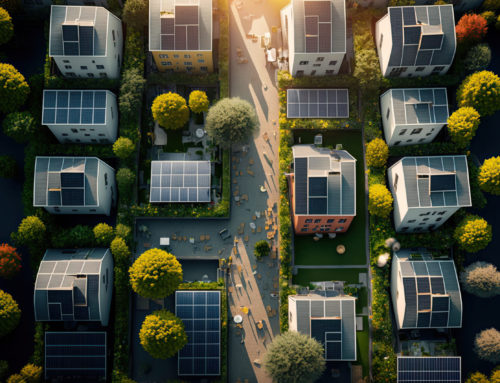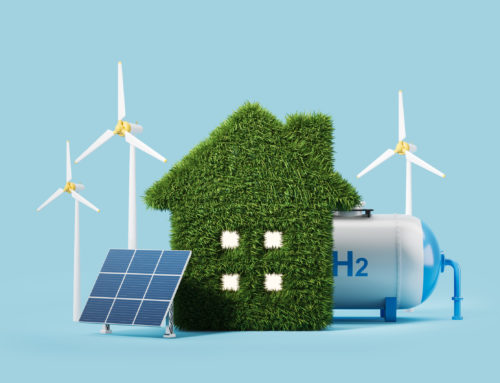As the global demand for affordable housing and greener buildings grows, so does the demand for smart and efficient building solutions. One of these solutions is modular construction. This is a method of construction in which the individual volumetric parts of a building are first manufactured in a factory and then transported to the site where they are assembled together relatively quickly and easily. We have a lot of experience with modular construction in our country, as large housing estates have been built from prefabricated panels in virtually every town in Slovakia – which can, however, cause many people to react negatively to this type of construction. However, the technology of modular construction has undergone a huge change in recent years, and nowadays it can be used to construct buildings of incomparably higher quality, both structurally and visually, and the popularity of modular construction in the western world is growing rapidly. In Finland, for example, where the harsh climate does not allow buildings to be constructed over several winter months. In Austria, in turn, modular construction is helping to overcome the housing crisis in the form of a large number of affordable rental apartment buildings. In Germany, 20% of buildings are nowadays built with modular construction, in Sweden it is up to 84%. In our country, modular construction was used in the construction of the new terminal of Bratislava Airport, which also won an award in the Building of the Year 2011 competition.
Modular construction brings with it a number of advantages. As the individual components are manufactured on a production line in a factory, the construction itself is cheaper, faster, safer, greener and requires less labour. Buildings constructed in this way are even partially recyclable, as some components can be reused at the end of the building’s life cycle. Construction is also quite flexible, and can be pre-expanded or modified when the function of the building changes. Buildings constructed in this way have very good energy efficiency and require less construction waste, and the noise from construction is radically reduced, as is environmental pollution around the site. One of the biggest advantages is the time saved during construction. It is commonly reported that 20 to 50% of construction time is saved in modular construction compared to conventional construction methods. This time saving is perfectly visible in practice, for example, in the case of one 7-storey apartment building in Canada, where modular construction made it possible to complete the building within 10 months. Last but not least, modular construction also has the advantage of reducing the total cost of the building, which can be 10 to 35% lower compared to buildings constructed using conventional methods. With the increased use of modular construction, economy of scale can reduce the price even further, as one factory can supply components for many building projects simultaneously. The efficiency of modular construction technology can also be enhanced by the use of digital technologies such as BIM (Building Information Modelling). The building can then be designed in a digital environment and then accurately broken down into the individual components that need to be manufactured. This process can now also be efficiently managed by artificial intelligence, including the ordering of components in the manufacturer’s ordering environment, which is also increasingly supported by artificial intelligence. With the development of pan-European networks of collaborative manufacturing capabilities, such a process will become commonplace and the construction sector needs to adapt to this development.
Despite its many advantages, modular construction faces many challenges, such as the reduced variation of individual components in mass production or legislative obstacles due to lack of legislative coverage. However, with the increasing use of modular construction, it will be possible to successfully overcome these challenges and enter a new era of modern, environmentally friendly and affordable construction.






